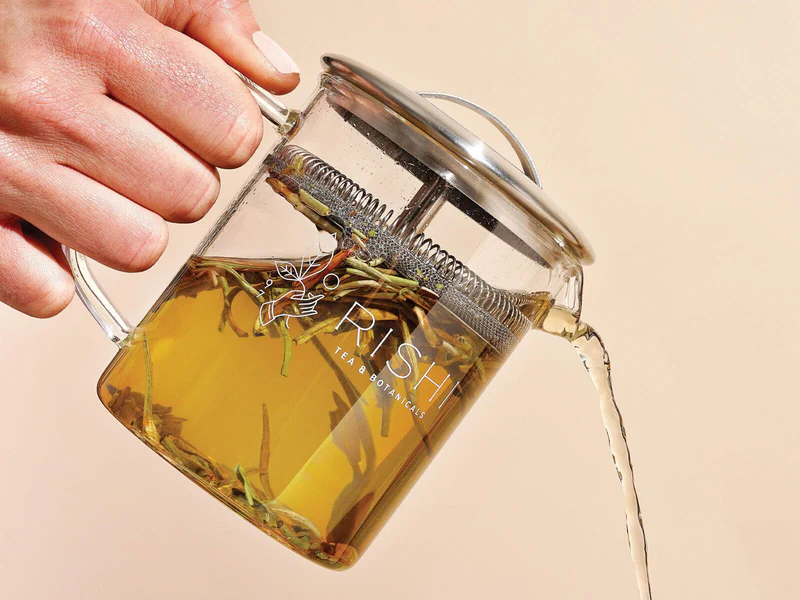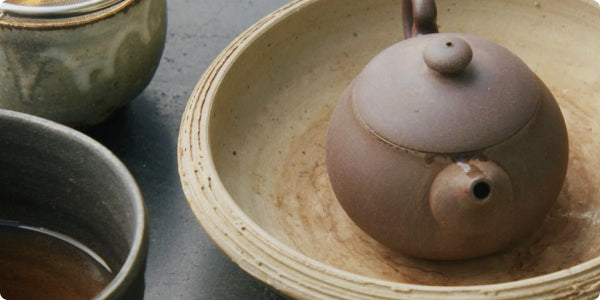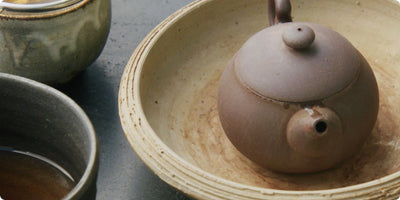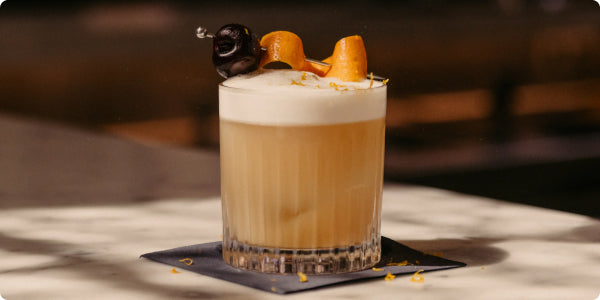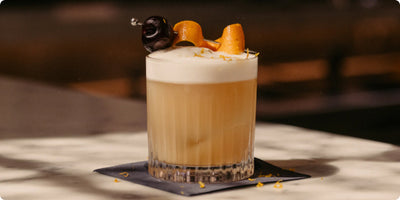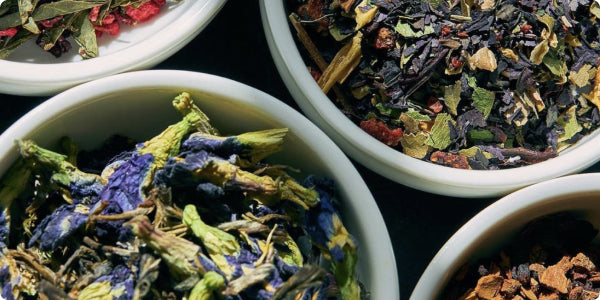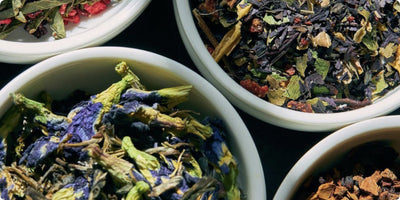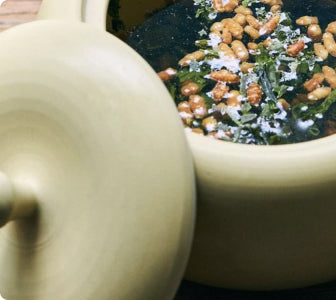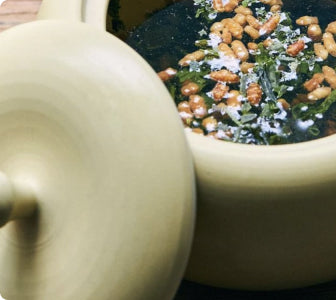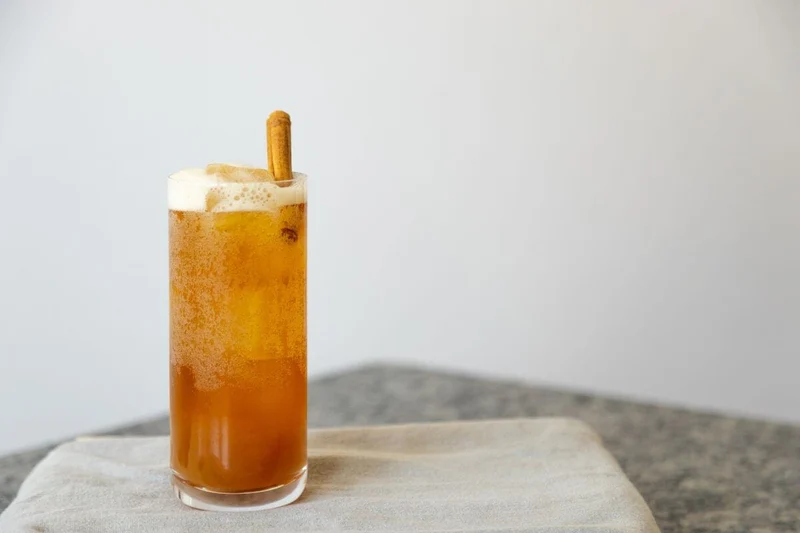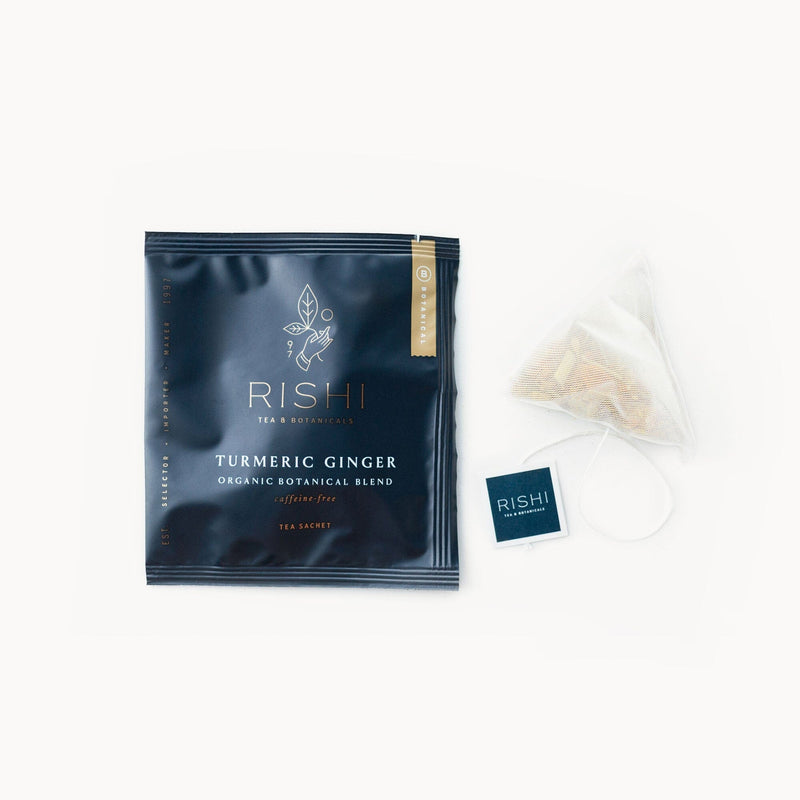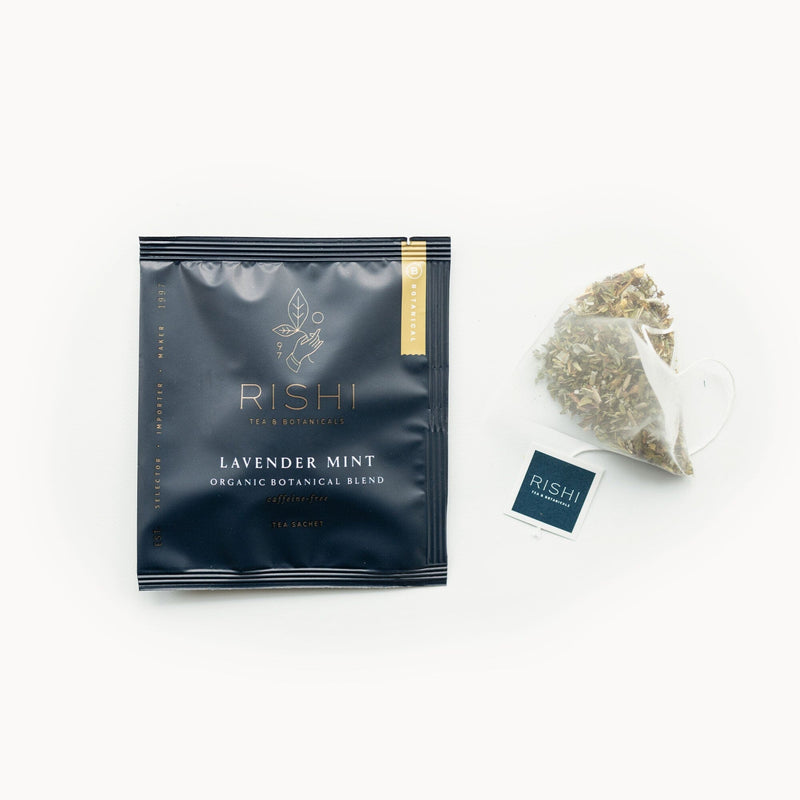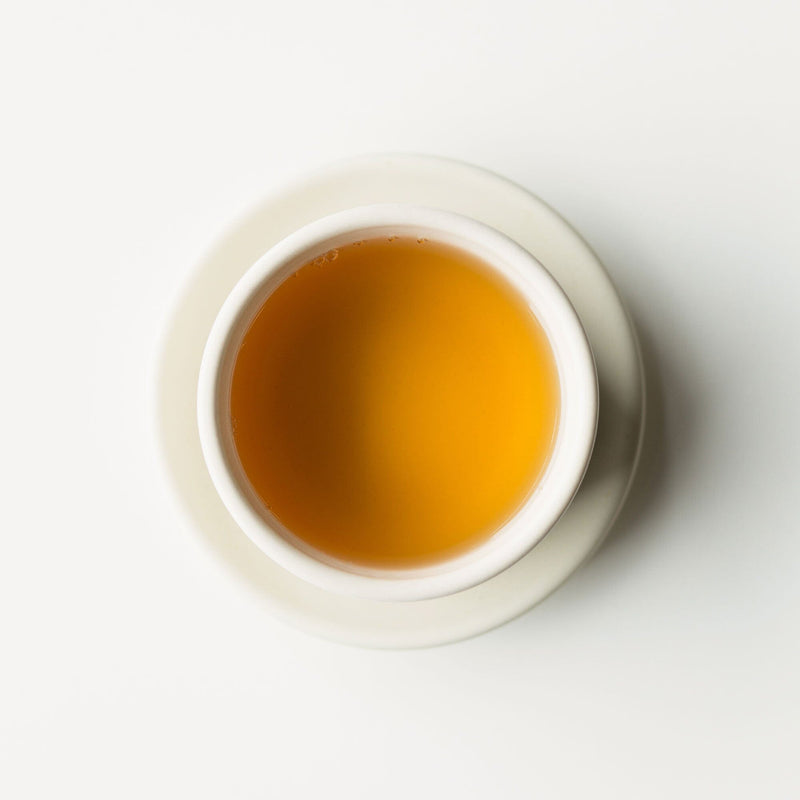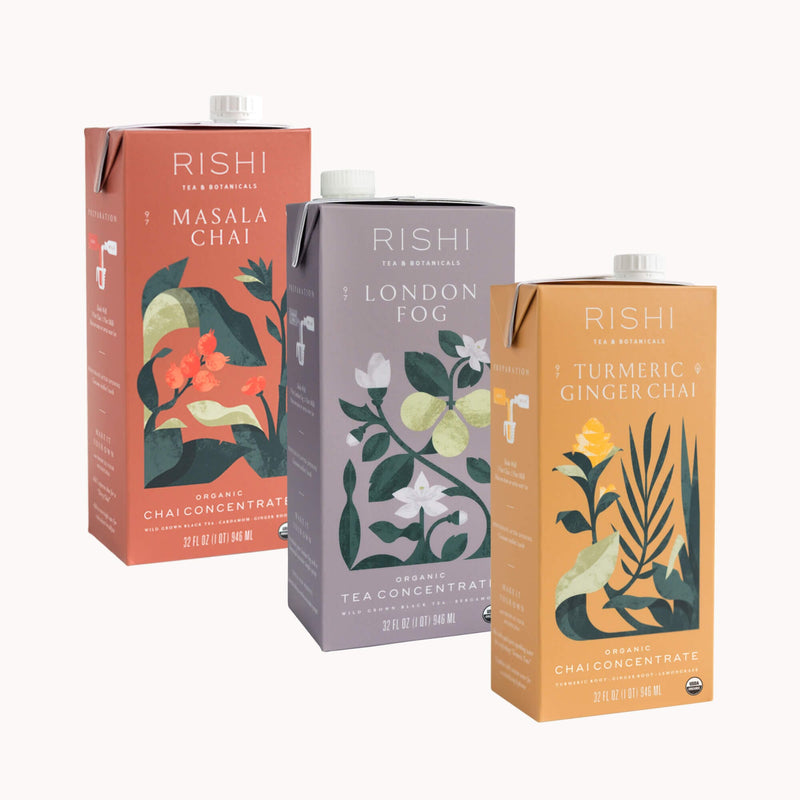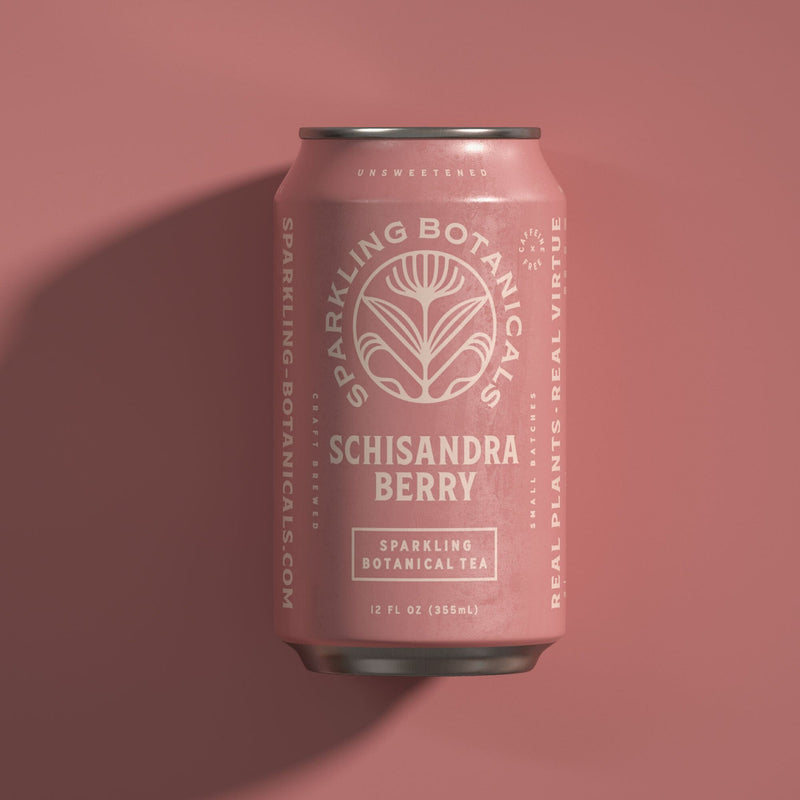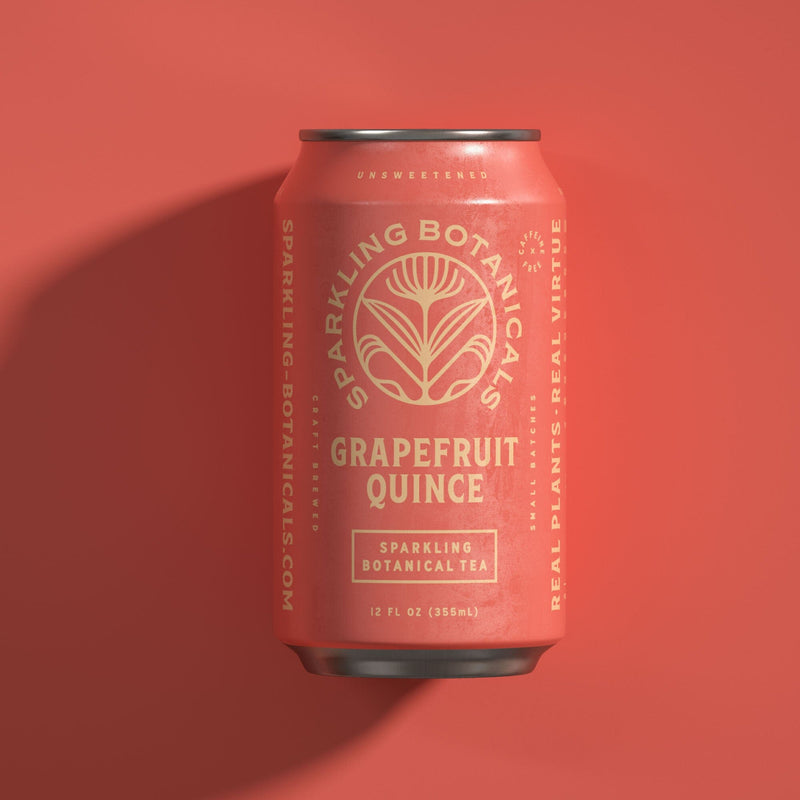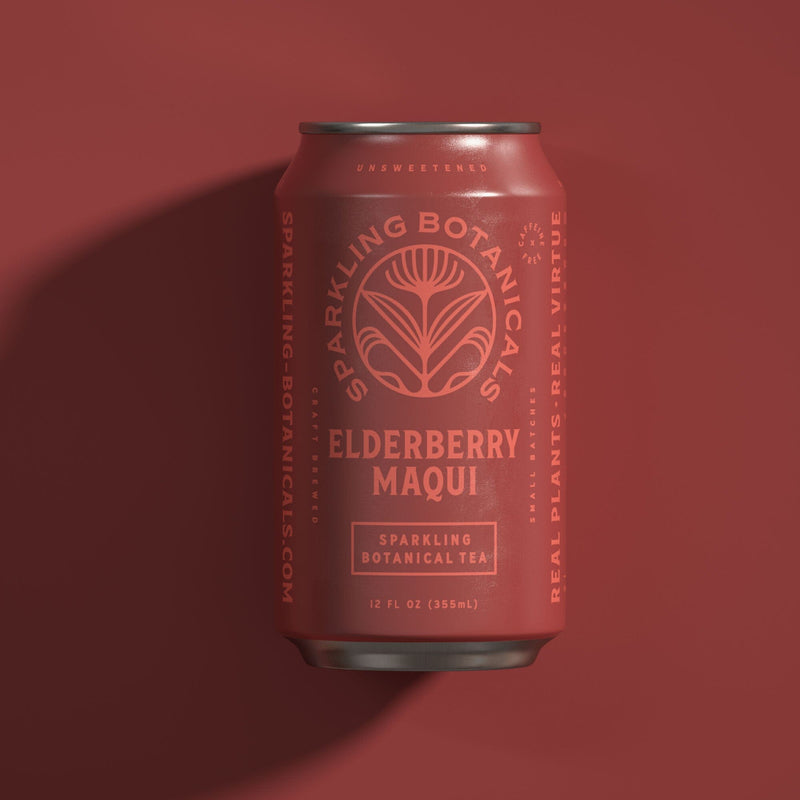A wellspring of knowledge for your tea journey.
Journal
A wellspring of knowledge for your tea journey.
Journal
A wellspring of knowledge for your tea journey.
Start Here: Tea Education
An educational series for beginners designed to bring clarity to some of the most commonly asked questions about tea. Follow along as we explore the different tea types and optimal preparation methods for brewing the perfect cup of tea.
All Stories
Origins & Travel
As practitioners of direct trade we take pride in the personal relationships we have built with tea and botanical growers around the world.
Recipes & Inspiration
Find something inspiring among our catalog of recipes for tea drinks, cocktails, food and more.

Blackberry & Fermented Blackberry Leaves
Rubus fruticosusThe scientific name of blackberry is Rubus fruticosus. Blackberries are rich in nutrients and antioxidants, making them beneficial for overall health.

Magnolia Flower
Magnolia denudataMagnolia is renowned for its delicate and captivating aroma. When brewed, its fragrance fills the air with sweet, floral notes, creating a soothing and calming experience.

Juniper Berry
Juniperus communisJuniper berries are a renowned botanical ingredient widely used in the production of alcoholic spirits.

Lemon Peel
Citrus limonDried lemon peels have been used for centuries in various cultures for their health benefits and flavor. When used in teas and beverages, they add a citrusy and refreshing taste, along with several potential health benefits.

Red & Pink Rose
Rosa × damascenaTea Rose Hybrids: Rosa eglanteria, R. rubiginosaRoses have an ancient history dating back thousands of years. They were first cultivated in China around 5,000 years ago, and their beauty and fragrance quickly spread across the globe.

Elderberry
Sambucus nigraThe scientific name for elderberry is Sambucus nigra. This plant has a long history of use in various cultures for food, folk remedies, alcoholic spirits, non-alcoholic beverages, and natural medicines.
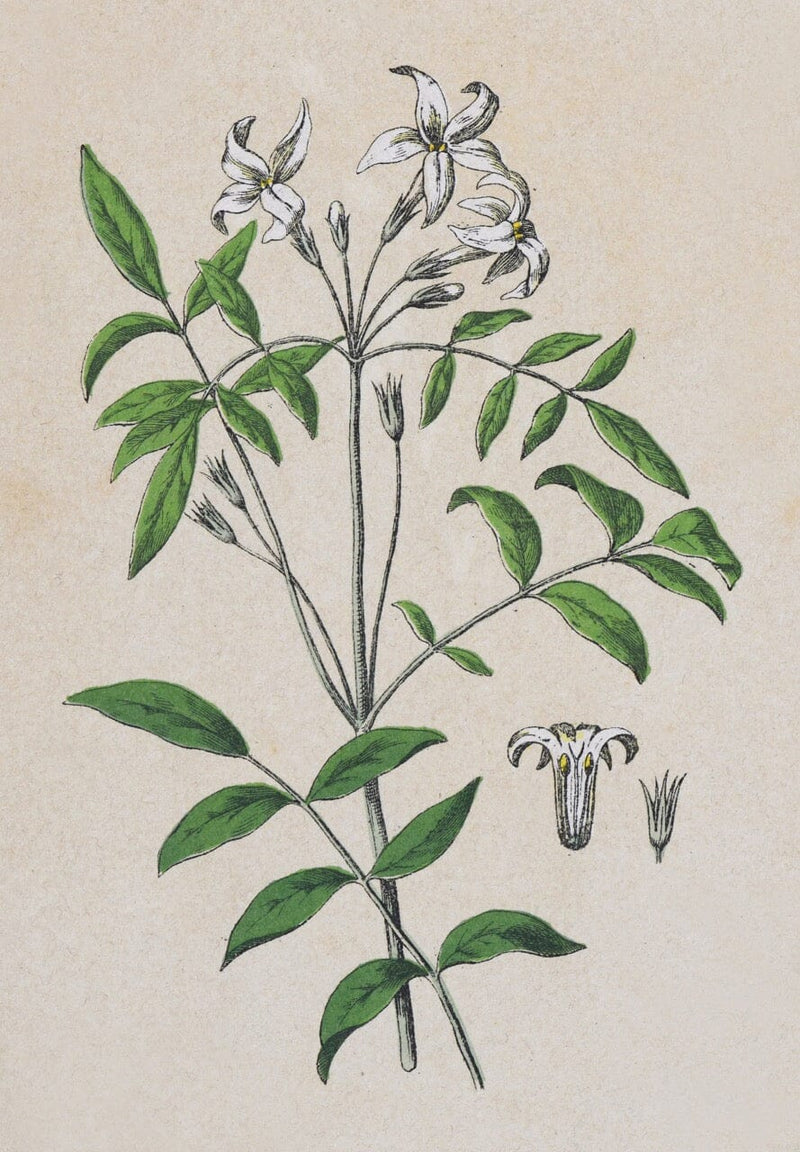
Jasmine Blossom
JasminumJasmine has a historical background dating back centuries. This flowering plant is native to tropical and subtropical regions, with its origins believed to be in the Middle East or South Asia.

Comparing Vietnamese Cassia with Ceylon Cinnamon
Ceylon Cinnamon and Vietnamese Cassia are two popular spices that are often used interchangeably due to their similar appearance. However, they have distinct differences in taste, aroma, and composition.

The History of Earl Grey Tea
Earl Grey tea is one of the most recognized and widely enjoyed tea blends in the world. Its distinct flavor comes from the addition of oil extracted from the rind of the bergamot orange, a fragrant citrus fruit.

Lana del Fog
This cozy, zero proof latte “Lana del Fog” packs all the best qualities of a London Fog - developed by our partners at Discourse Coffee in Milwaukee, Wisconsin.

Matcha Rose Latte
Matcha, white tea rose, and milk combine in this creamy, cozy beverage that’s perfect hot or cold.

Greek Mountain Tea
The Sideritis plant is an original wild herb that is generally known as "Tsai Tou Vounou" in Greek (Tea of the Mountain). The many varieties of Sideritis “Greek Mountain Tea” are some of the most precious and revered medicinal plants in Greek history. The plant's name comes from the Greek word "sideros," meaning iron, thanks to the ancient folk tales of the Sideritis plant’s healing effect on wounds caused by iron weapons.

Apartment 5B
A refreshing and tropical zero proof cocktail with flavors of juicy berries, tart hibiscus and zesty lime.

Pu’er Tea: The Tea of Teas
Collected by connoisseurs, Pu’er Tea is geographically indicated and exclusively produced in Yunnan and the original birthplace of human’s interaction and enjoyment of tea consumption. Pu’er Tea is a special type of tea that is usually sold in compressed cakes or bricks that are cellared, aged and appreciated for its vintage and unique attributes that are similar to fine wine. All Pu’er is made with Sun-dried green tea that is slightly oxidized and fermented according to recipes that shape the incomparable and collectible characteristics of Pu’er tea.

The Story of Ancient Tea in Thailand: Doi Wawee
Tea cultivation and tea eating culture spread to northern Thailand during the 11th and 12th centuries, if not earlier. There are some assumptions about the first appearance of ancient tea trees in the northern region of Thailand.
Sign up for the Latest Stories and Recipes from Our Travels
Discover Our Teas
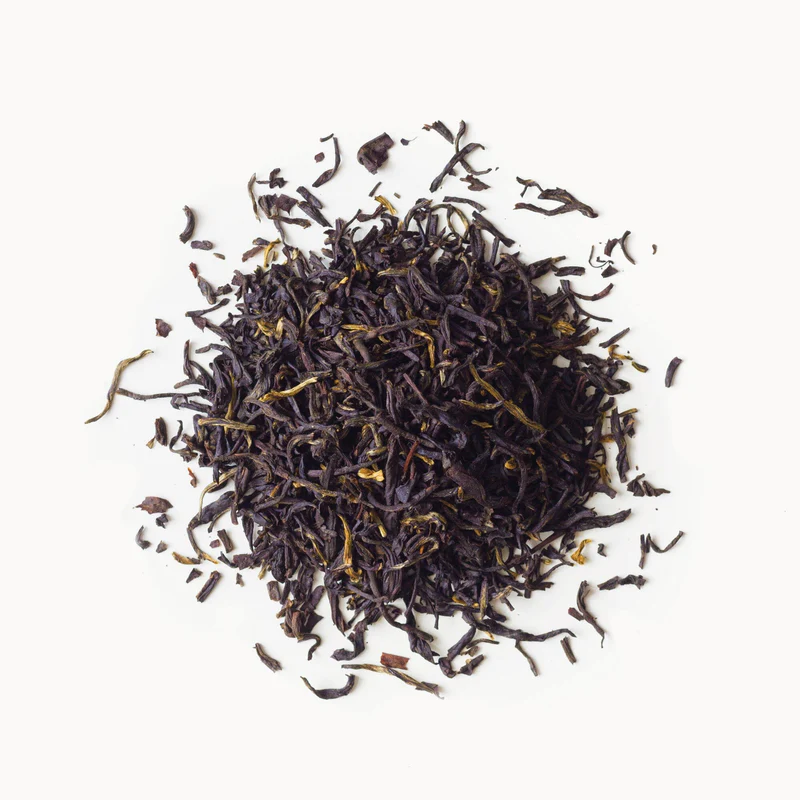
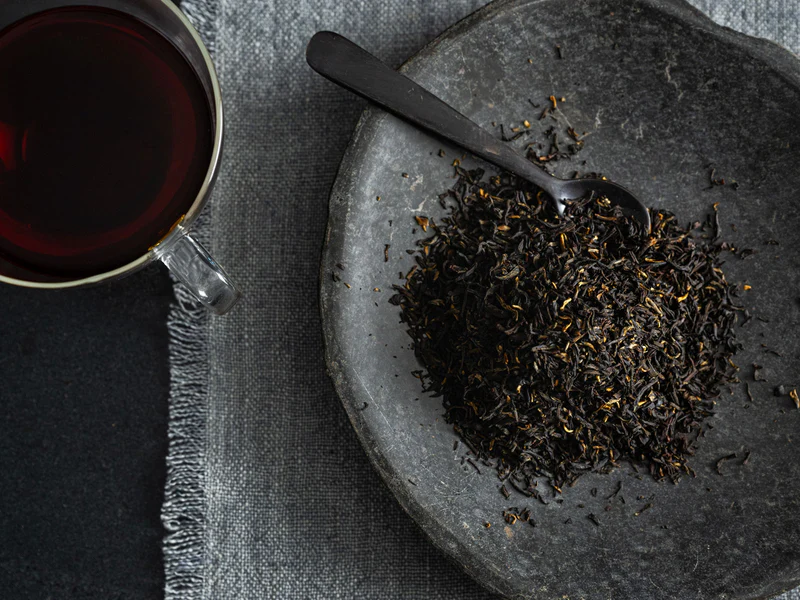

Earl Grey Supreme
Organic Black Tea Blend
Rich | Citrusy | Floral
from $18.90
Available in 2 sizes and sachets
from $18.90

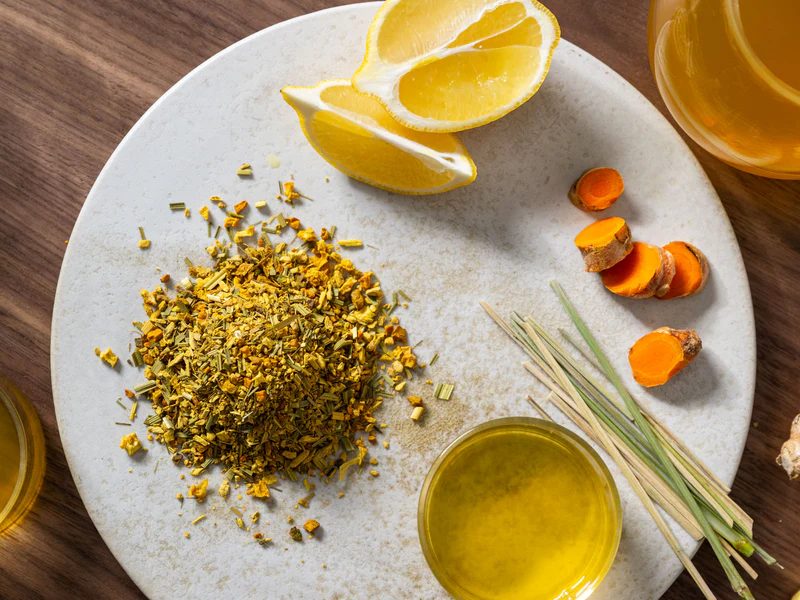

Turmeric Ginger
Organic Caffeine-Free Botanical Blend
Spicy | Zesty | Fragrant
from $15.75
Available in 2 sizes and loose leaf
from $15.75

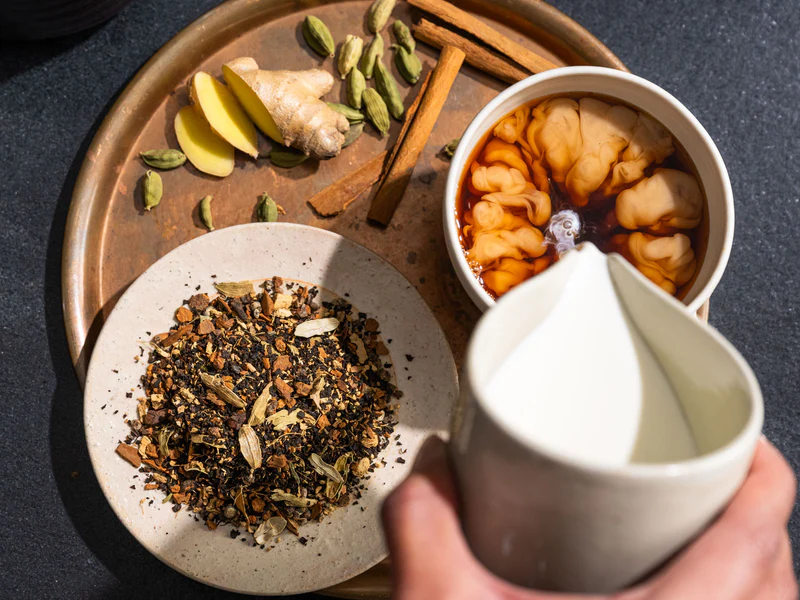

Masala Chai
Organic Black Tea Blend
Spicy | Balanced | Fragrant
from $15.75
Available in 2 sizes and loose leaf
from $15.75



Jasmine
Organic Green Tea
Fresh | Floral | Elegant
from $17.85
Available in 2 sizes and loose leaf
from $17.85

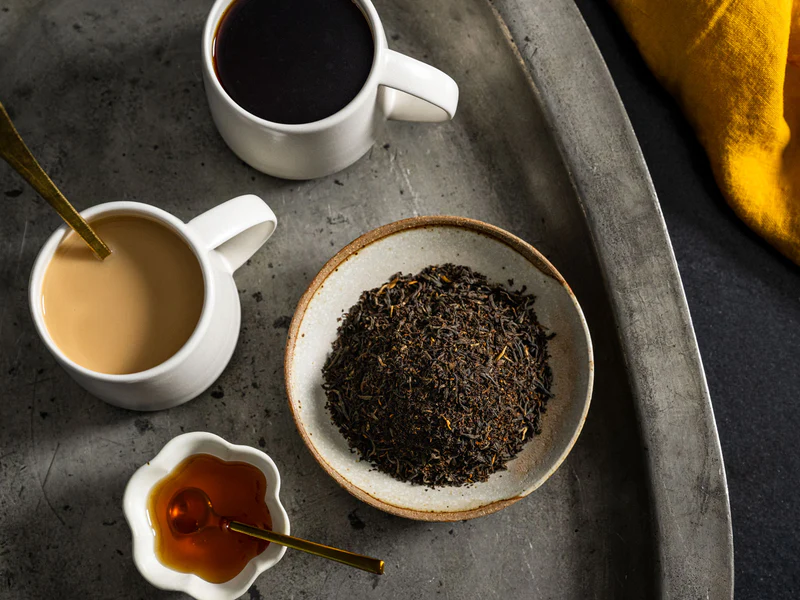

English Breakfast
Organic Black Tea
Robust | Brisk | Sweet
from $16.80
Available in 2 sizes and loose leaf
from $16.80

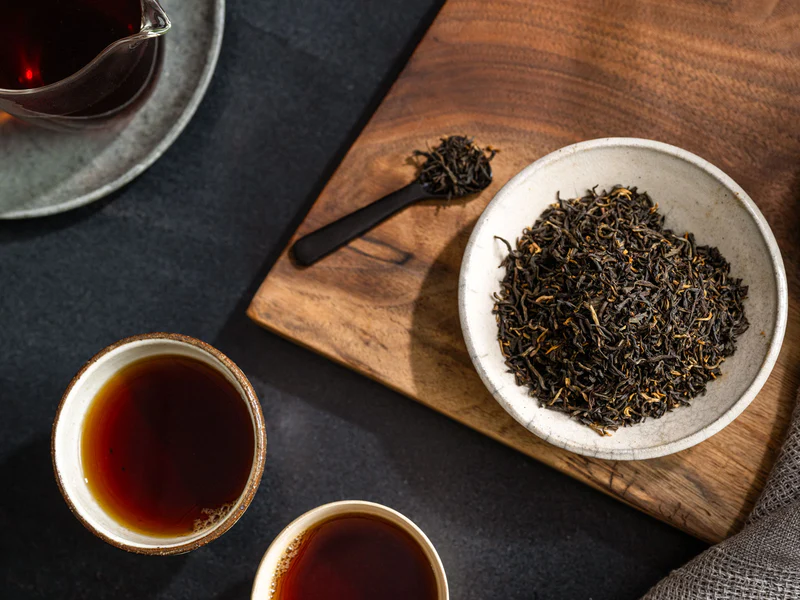

Golden Yunnan
Organic Dianhong Black Tea
Malty | Jammy | Mellow
from $16.80
Available in 2 sizes and loose leaf
from $16.80

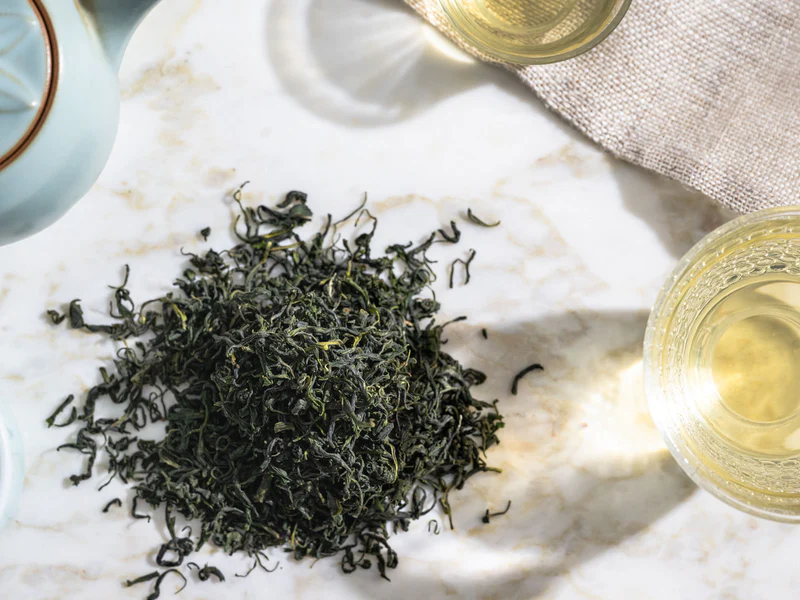
Jade Cloud
Organic Green Tea
Savory | Floral | Roasty
from $17.85
Available in 2 sizes and loose leaf
from $17.85
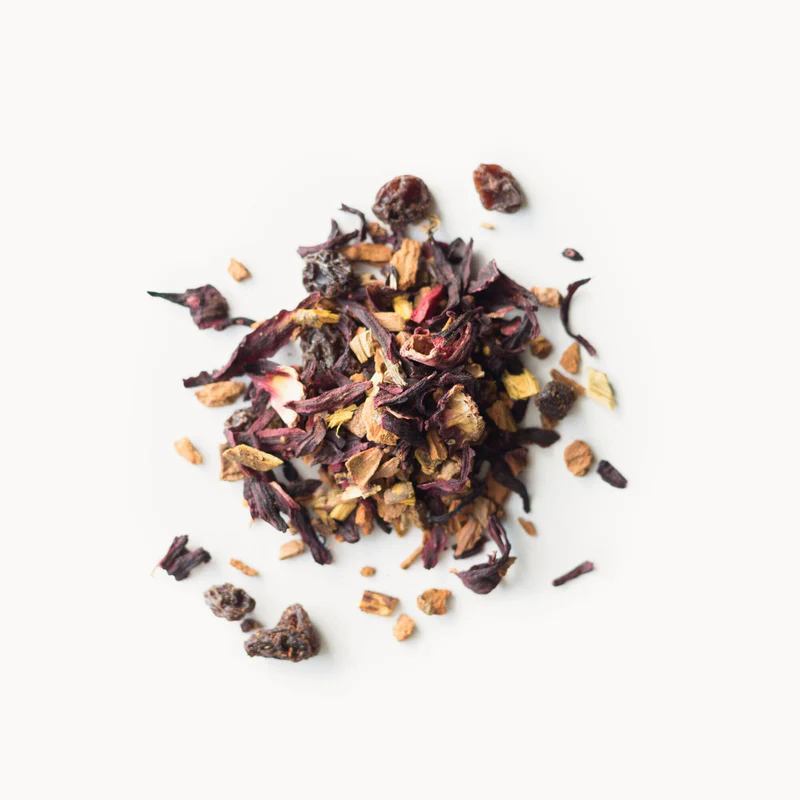

Cinnamon Plum
Organic Caffeine-Free Botanical Blend
Juicy | Succulent | Sweet
from $12.60
Available in 2 sizes and loose leaf
from $12.60
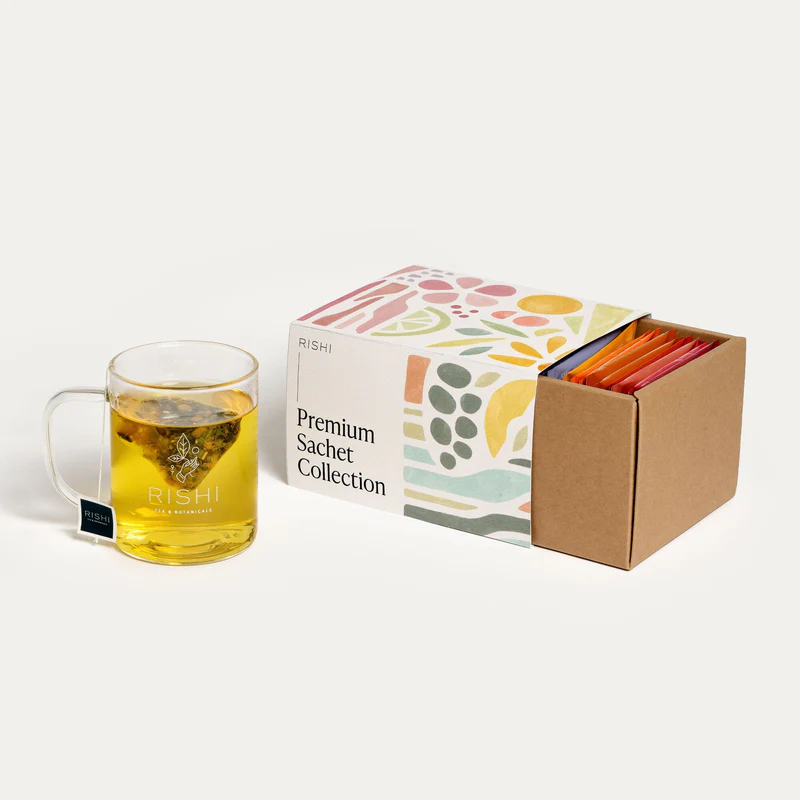


Premium Sachet Collection
Sampler Gift Box
from $39.00
Available in 2 sizes and sachets
from $39.00
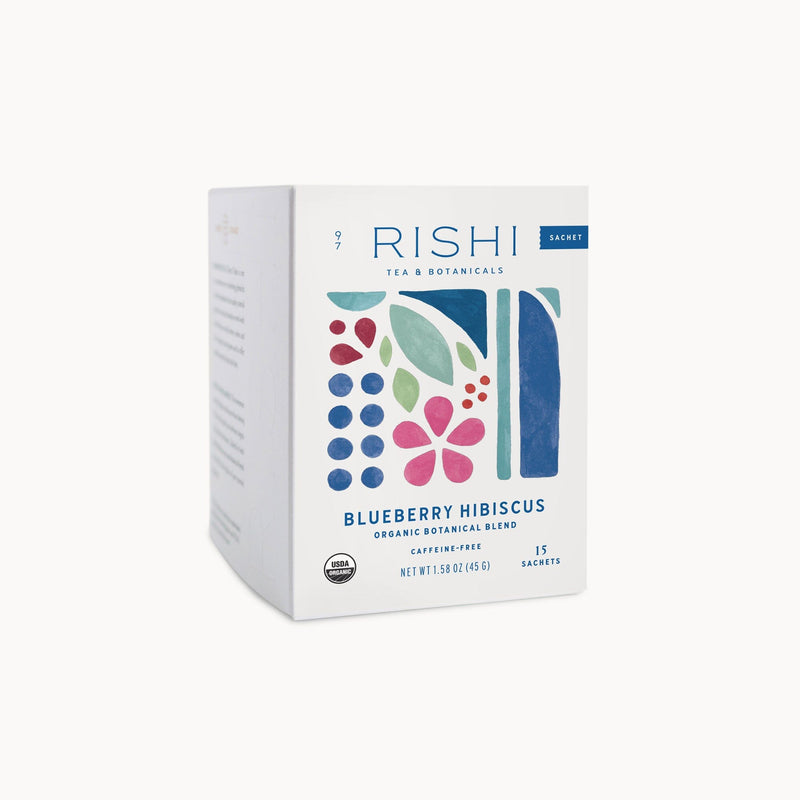
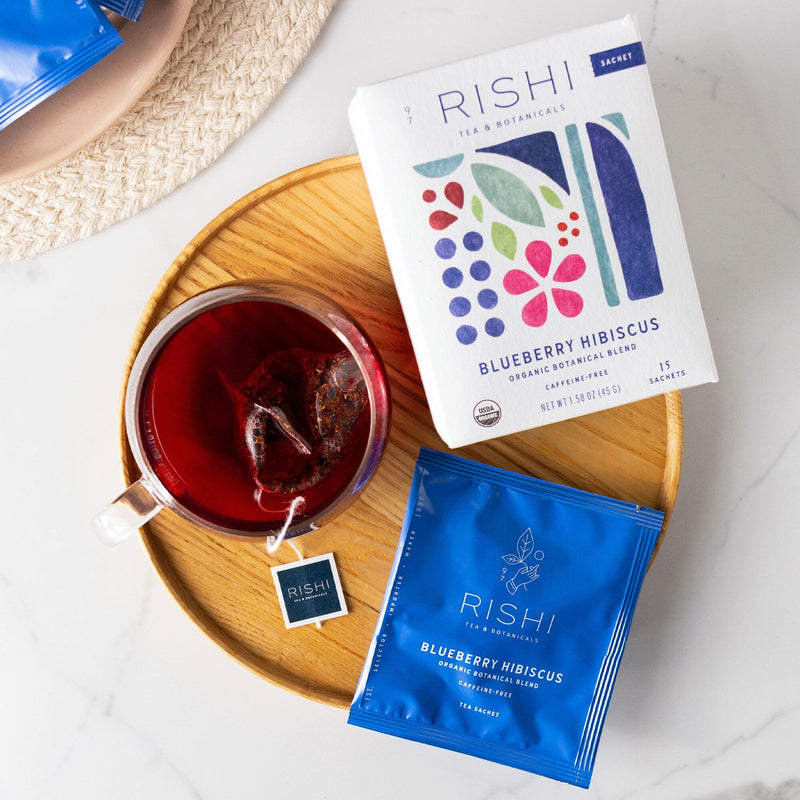
Blueberry Hibiscus
Organic Caffeine-Free Botanical Sachets
Juicy | Tart | Vibrant
$10.00
Also available in sachets
$10.00

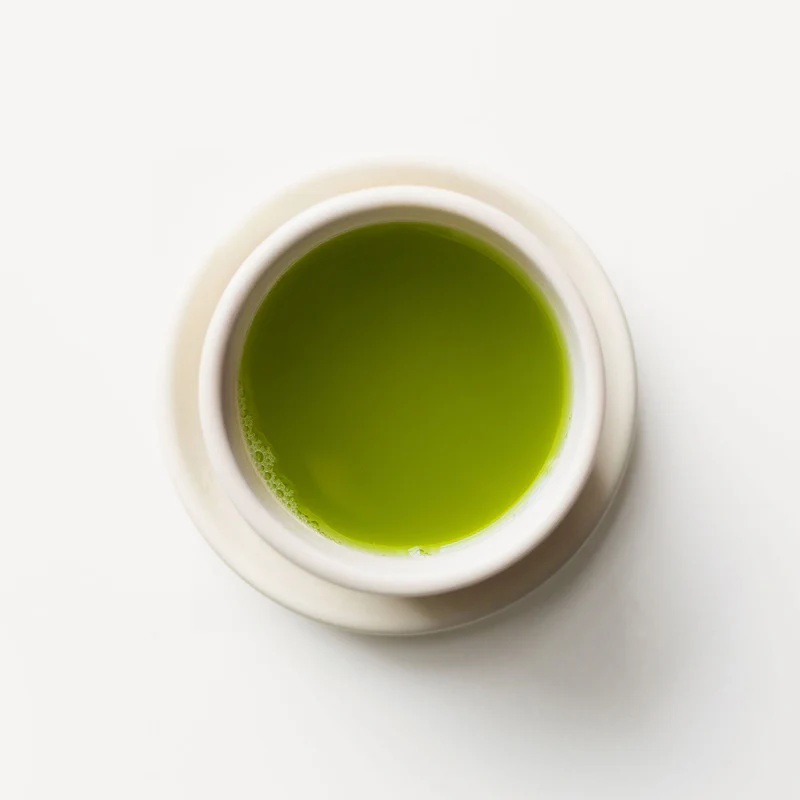

Matcha Super Green
Organic Green Tea 50 Count Bulk Sachets
Sweet | Smooth | Umami
$34.00
Also available in sachets
$34.00

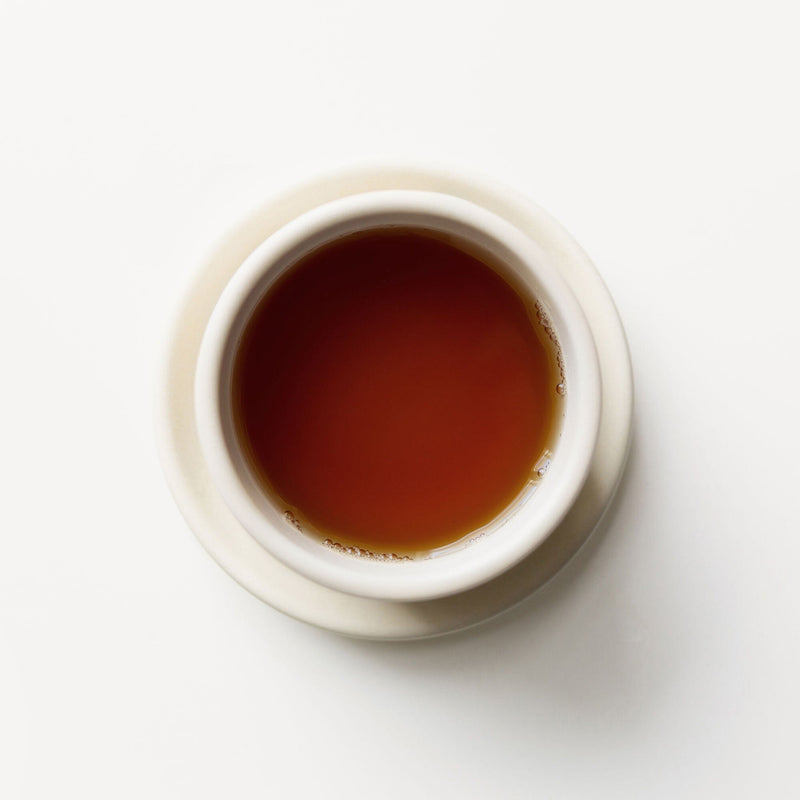
Masala Chai
Organic Black Tea 50 Count Bulk Sachets
Spicy | Balanced | Fragrant
$34.00
Also available in sachets
$34.00
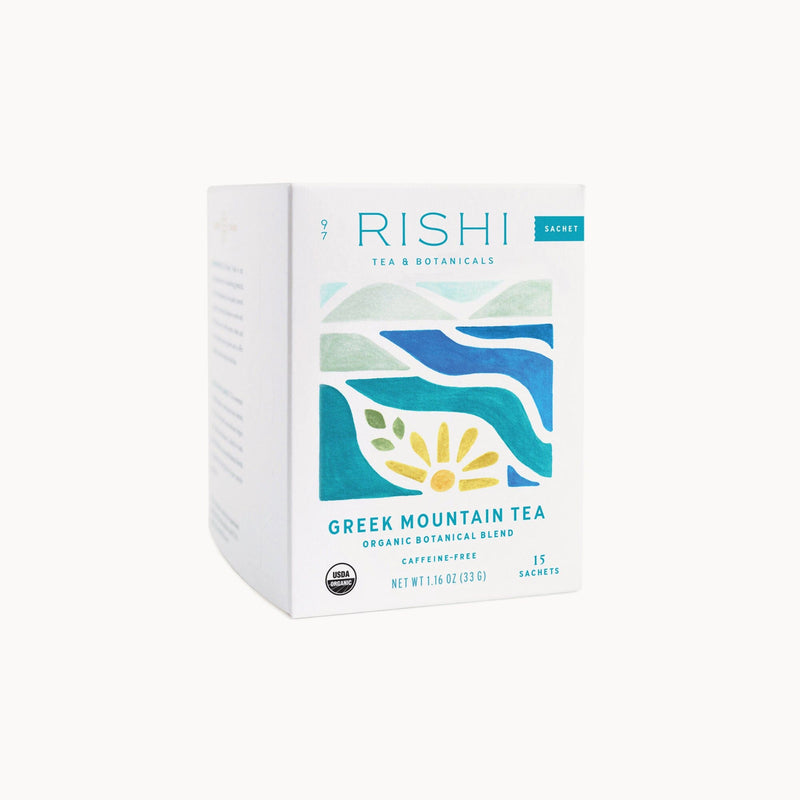
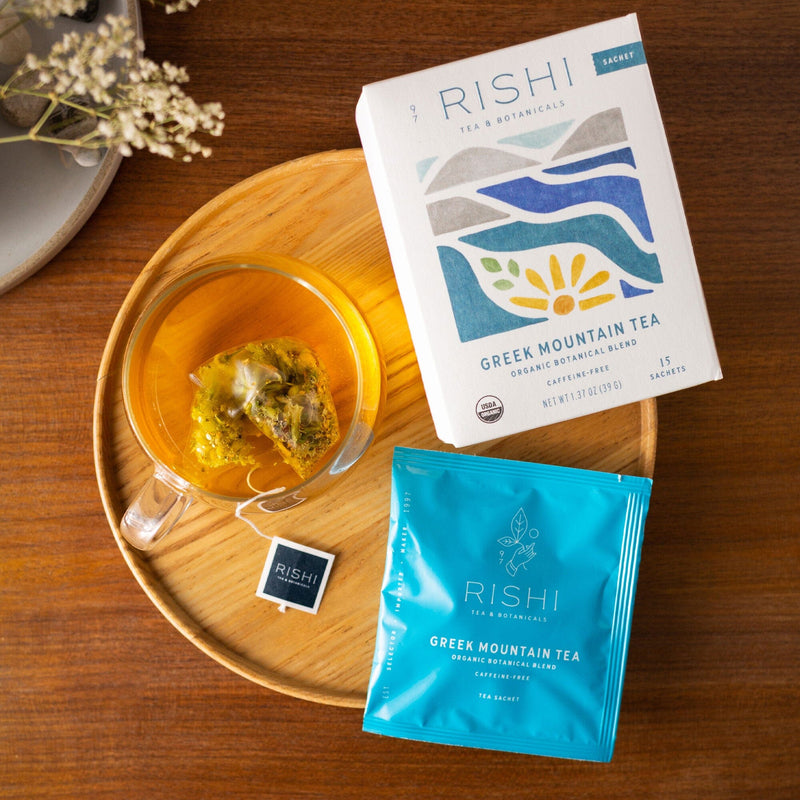
Greek Mountain Tea
Organic Caffeine-Free Botanical Sachets
Bright | Clean | Herbaceous
$10.00
Also available in sachets
$10.00
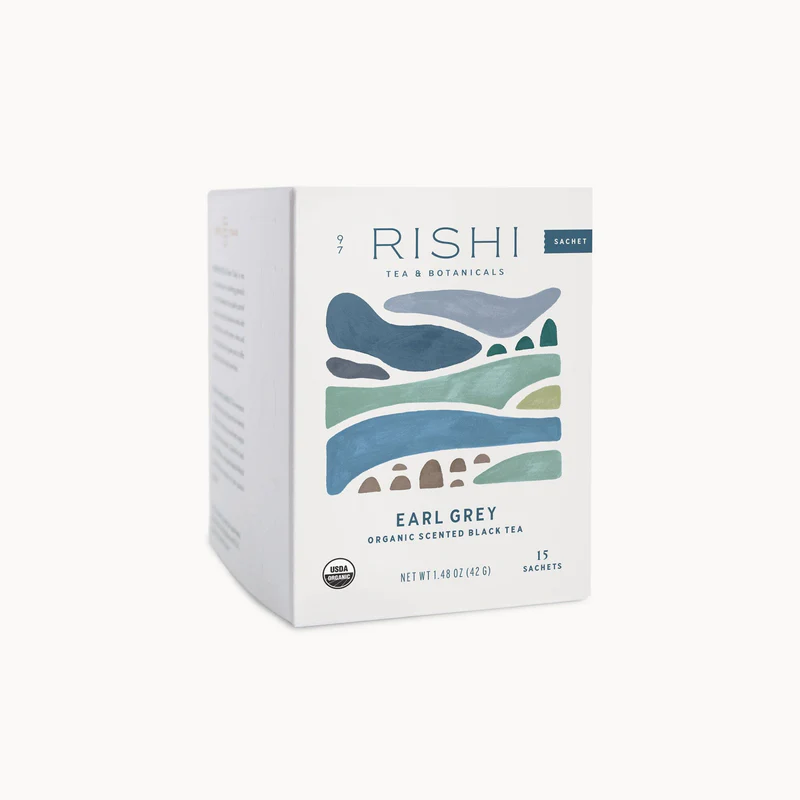
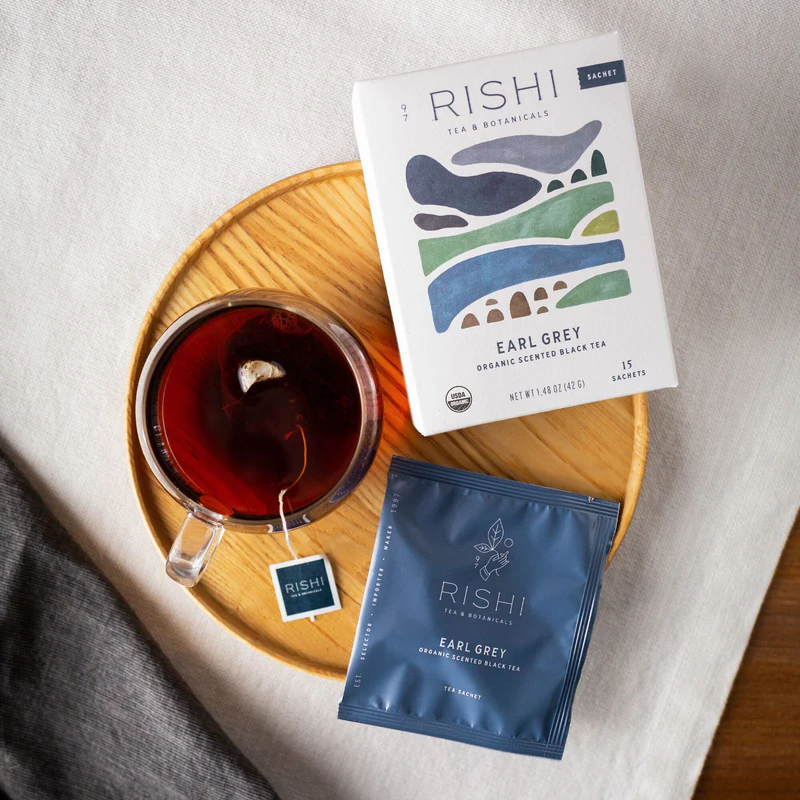
Earl Grey
Organic Black Tea Sachets
Rich | Citrusy | Floral
$10.00
Also available in sachets
$10.00



Barista Matcha
Organic Japanese Green Tea Powder
Fresh | Invigorating | Bright
$48.00
Also available in powders
$48.00
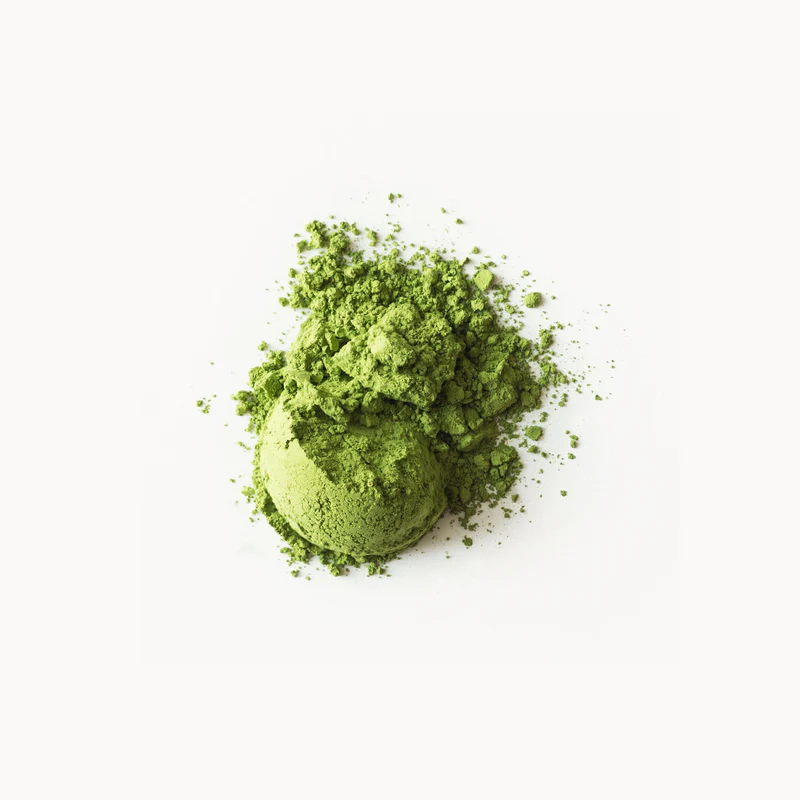
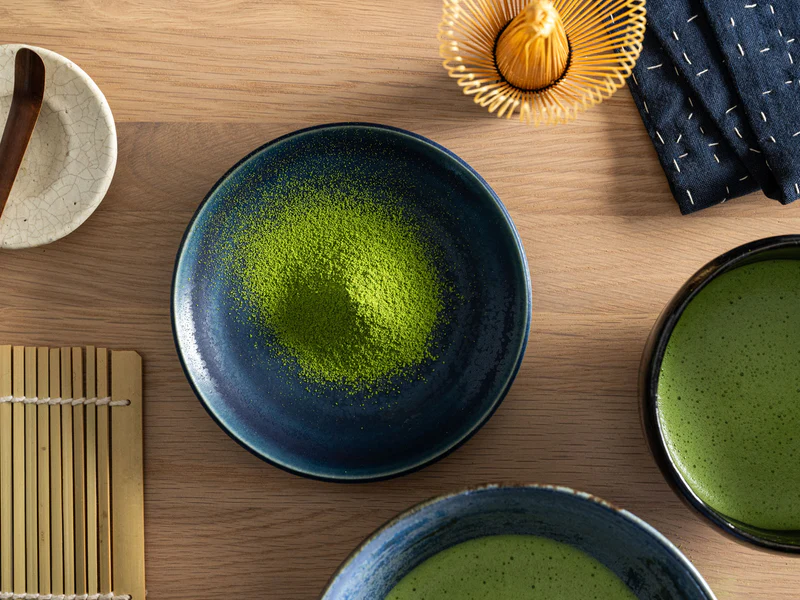

Teahouse Matcha
Organic Japanese Green Tea Powder
Sweet | Creamy | Umami
$68.00
Also available in powders
$68.00
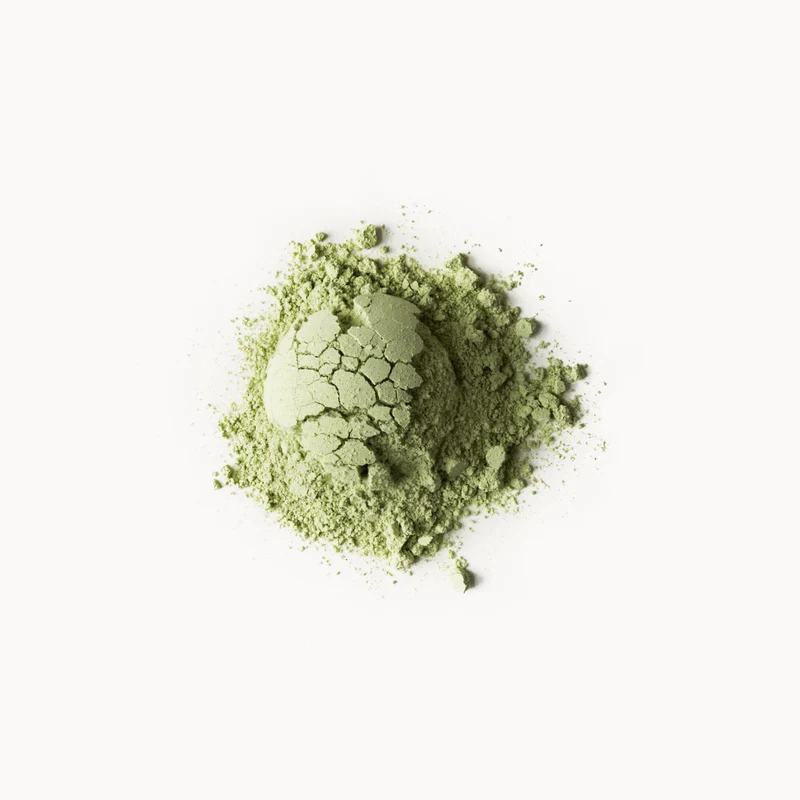
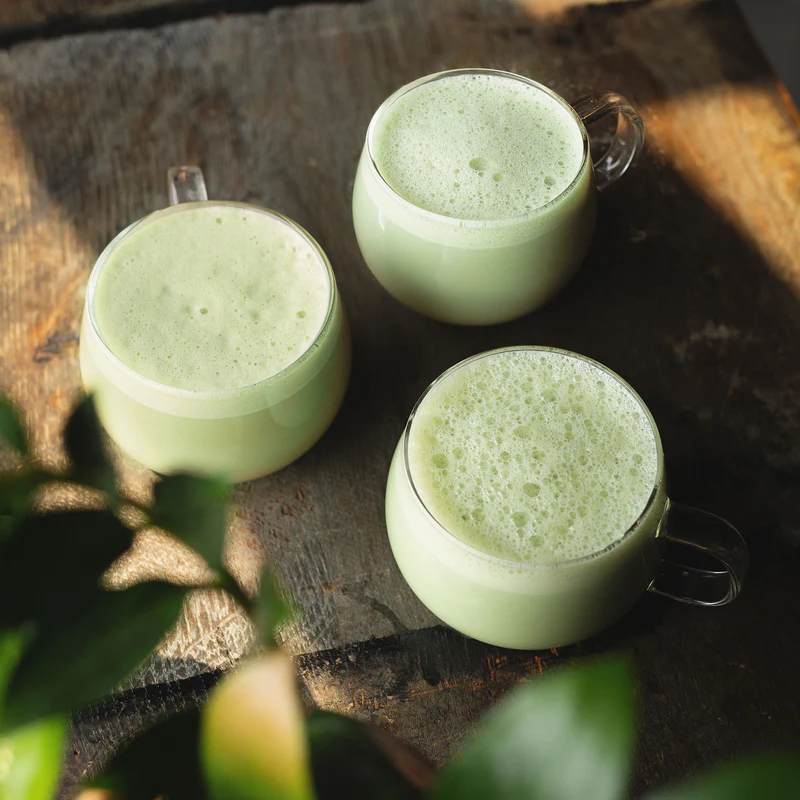
Sweet Matcha
Sweetened Japanese Matcha
Sweet | Enlivening | Rich
$10.00
Also available in powders
$10.00
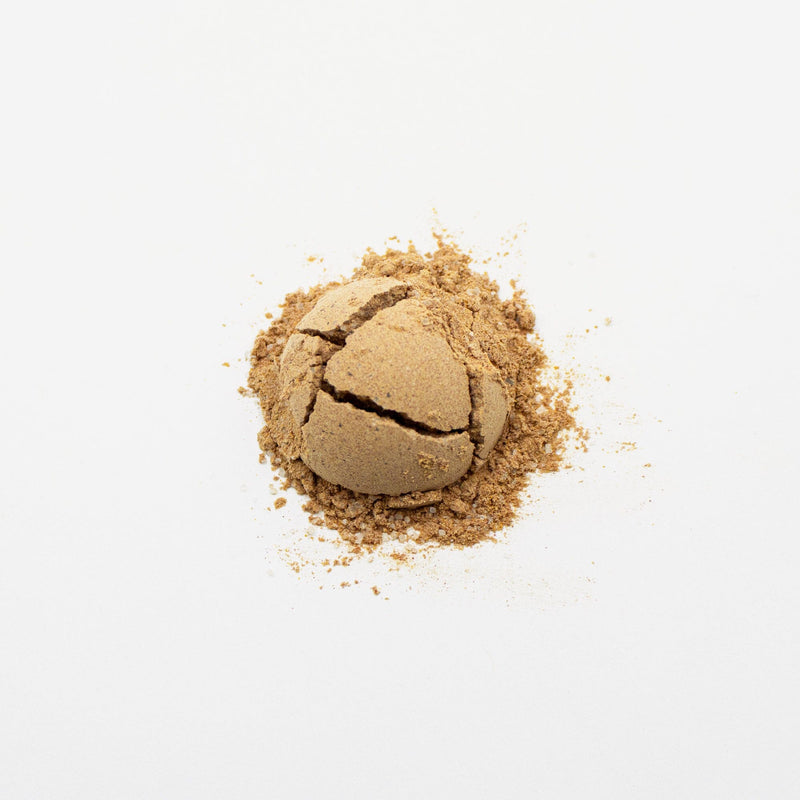
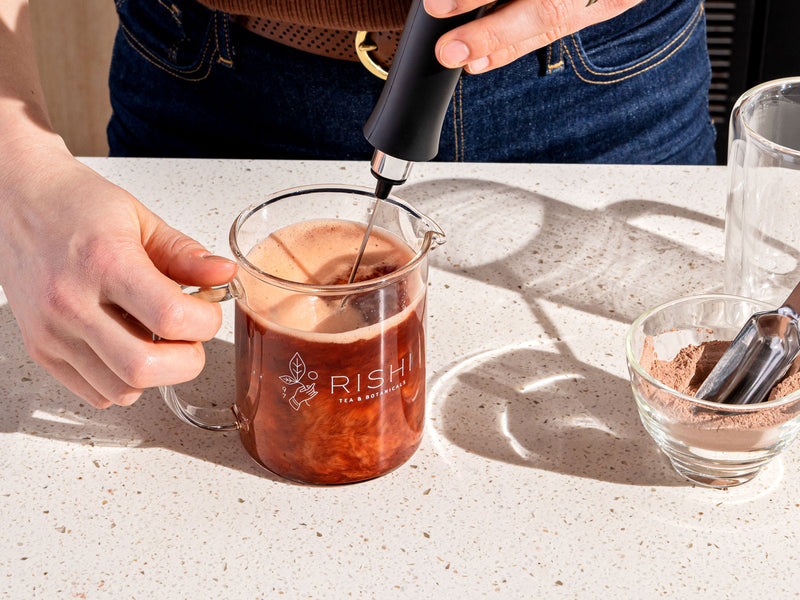
Sweet Thai Tea Powder
Sweetened Black Tea Powder
Sweet | Creamy | Rich
$17.60
Also available in powders
$17.60
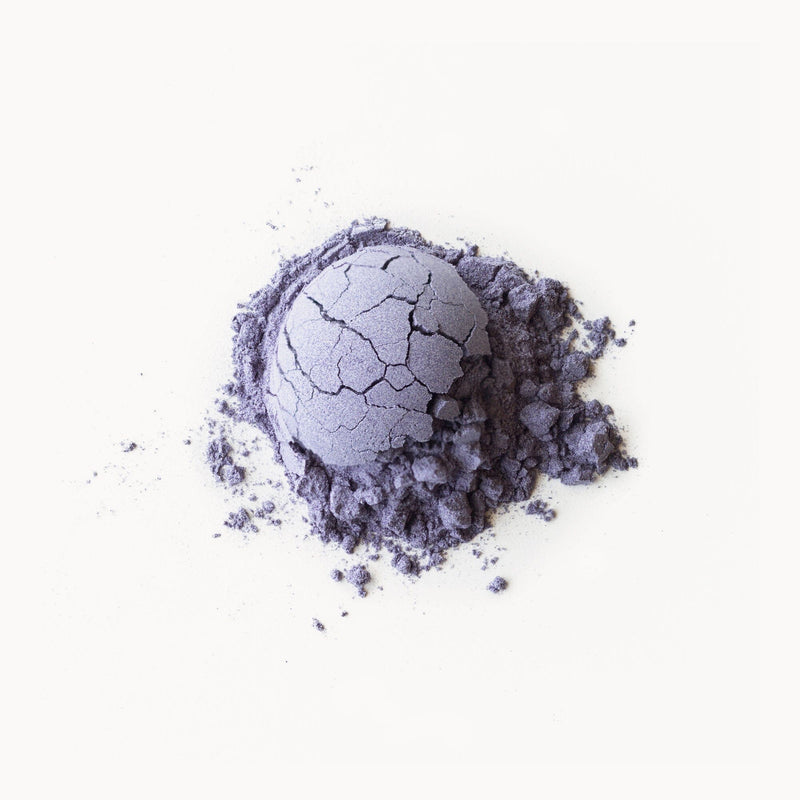

Butterfly Pea Limeade Powder
Caffeine-Free Botanical Powder
Tangy | Mild | Refreshing
from $25.00
Available in 2 sizes and powders
from $25.00
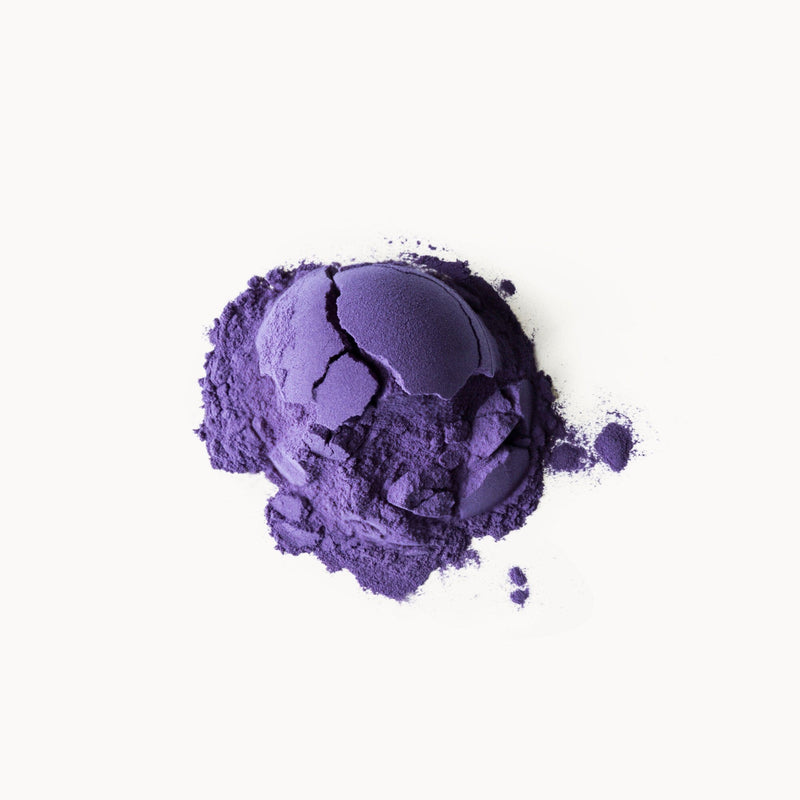
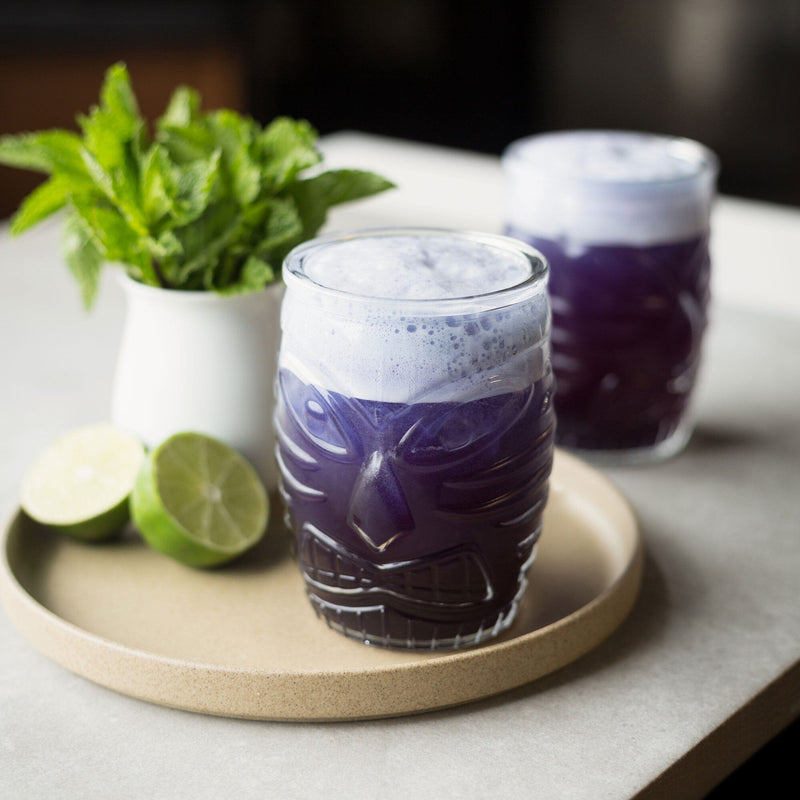
Butterfly Pea Flower Powder
Caffeine-Free Botanical Powder
Fresh | Toasty | Vegetal
$68.25
Also available in powders
$68.25
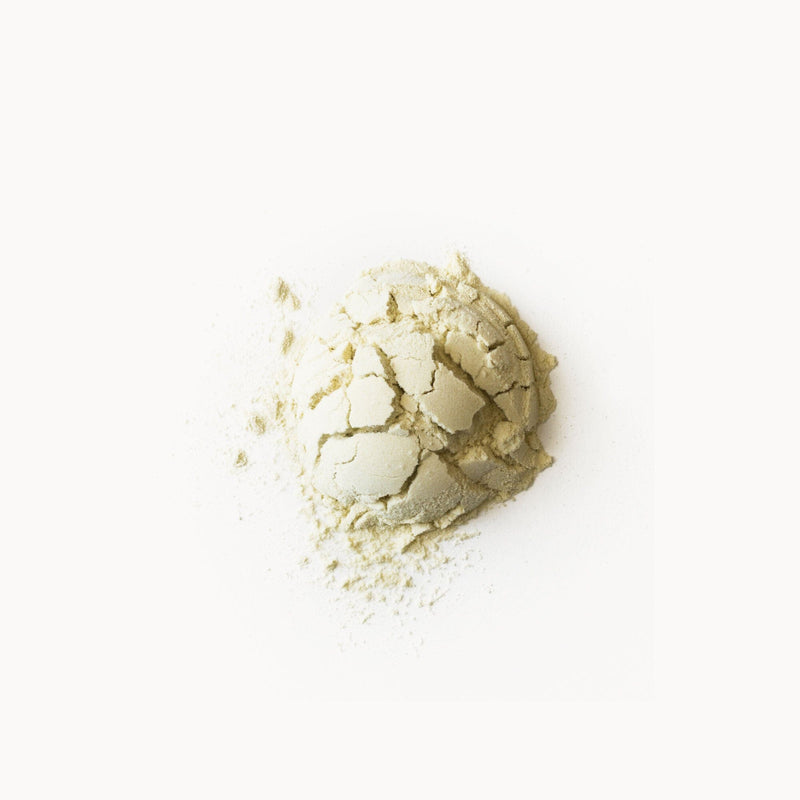


Passionfruit Amla Gotu Kola
Caffeine-Free Botanical Powder
Tart | Juicy | Zesty
from $27.75
Available in 2 sizes and powders
from $27.75
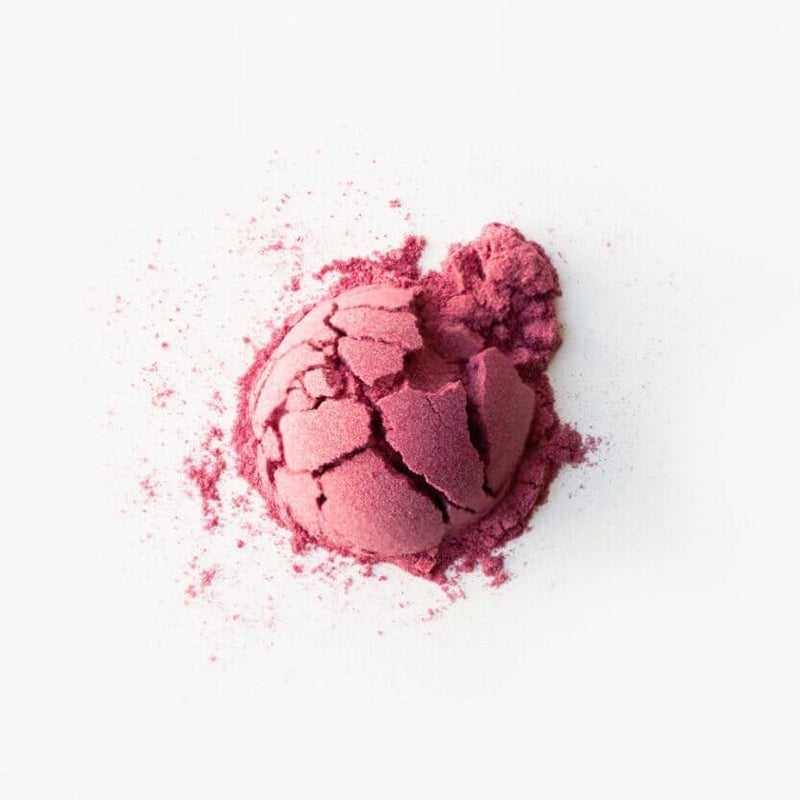

Hibiscus Limeade Powder
Caffeine-Free Botanical Powder
from $25.00
Available in 2 sizes and powders
from $25.00
Turmeric Ginger Chai Concentrate
Organic Caffeine-Free Tea Concentrate (32 fl oz)
Pungent | Zesty | Fragrant
from $25.50
Available in 2 sizes and concentrates
from $25.50
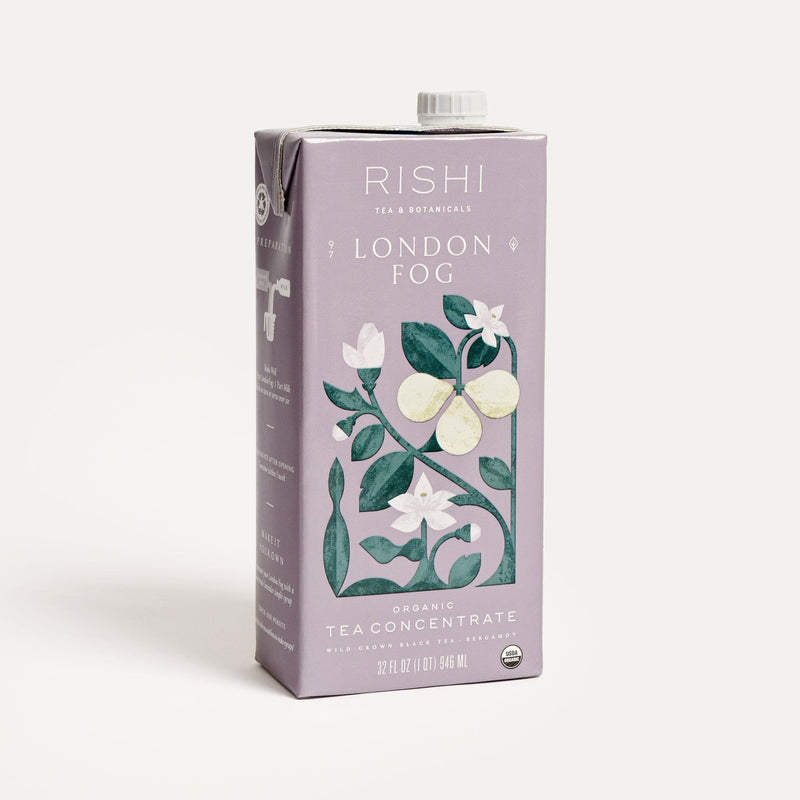

London Fog Concentrate
Organic Black Tea Concentrate (32 fl oz)
Bold | Juicy | Comforting
from $25.50
Available in 2 sizes and concentrates
from $25.50

Masala Chai Concentrate
Organic Chai Tea Concentrate (32 fl oz)
Spicy | Rich | Fragrant
from $25.50
Available in 2 sizes and concentrates
from $25.50
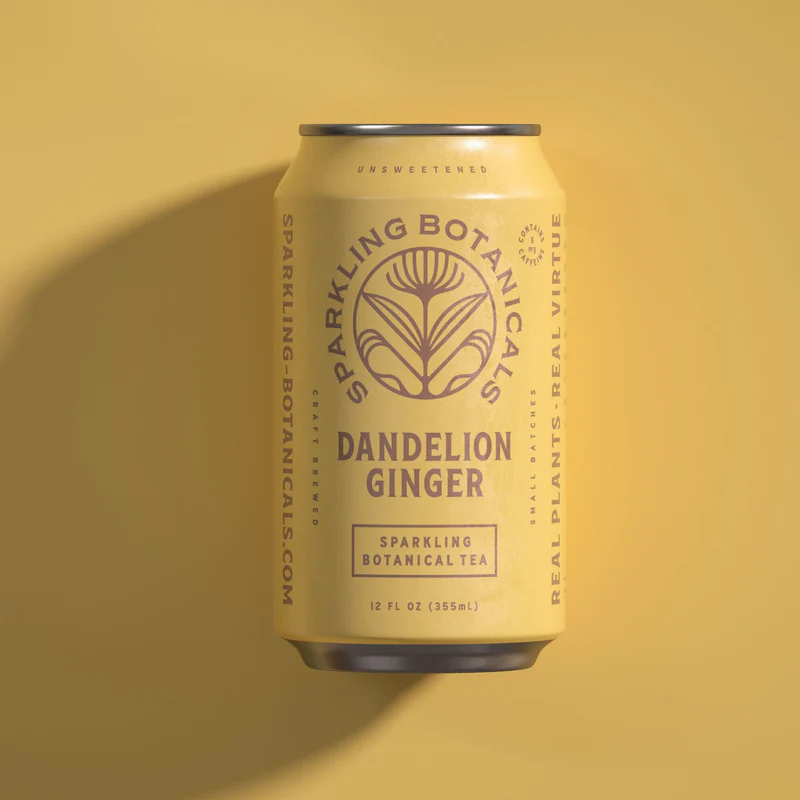

Dandelion Ginger
Craft-brewed Sparkling Botanical Teas
Spicy | Juicy | Deep
$48.00
Also available in sparkling botanicals
$48.00
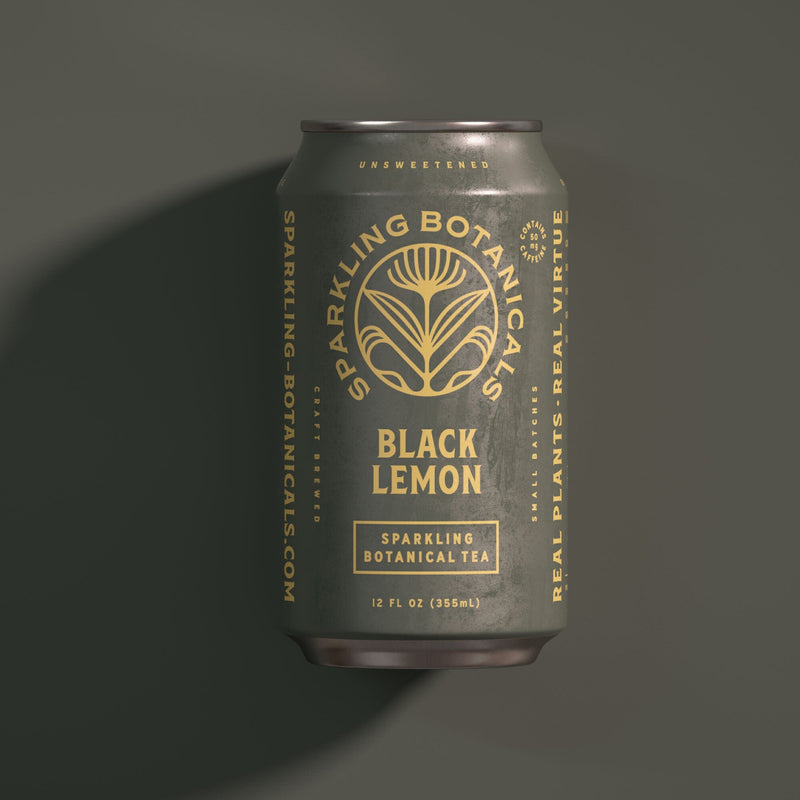

Black Lemon
Craft-brewed Sparkling Botanical Teas
Bold | Citrusy | Energizing
$48.00
Also available in sparkling botanicals
$48.00
 Best Sellers
Best Sellers




